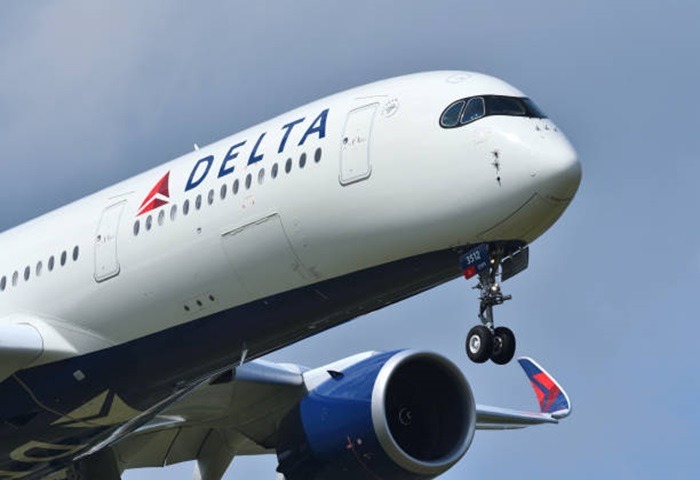As we approach the summer of 2024, Europe continues to be a highly sought-after incentive travel destination for Asian groups, with Southern Europe, particularly Malta, standing out due to its favorable climate, rich history, and high-quality hotels and venues.
The popularity of Southern Europe as an incentive travel destination has been underscored by the recent surge in interest from Asia. Malta, with its unique blend of cultural heritage and modern amenities, has become a top choice for groups looking to combine leisure with corporate incentives. This trend highlights the island nation’s growing appeal in the MICE (Meetings, Incentives, Conferences, and Exhibitions) industry, where the demand for unique and memorable experiences is paramount.
However, the broader picture of MICE travel between Europe and Asia presents a more complex narrative. Last month, Lufthansa, Germany’s national carrier, reported mixed results for the second quarter of 2024, pointing to slower growth and a noticeable decline in traffic across all regions, with a particular emphasis on reduced demand for its flights to Asia. This dip in demand has raised questions about the overall health of MICE travel between the two continents and the potential impact on other airlines and future travel trends.
Industry experts consulted by M&C Asia have provided a nuanced perspective on the situation. While Southern Europe, especially Malta, continues to thrive as a prime incentive travel destination, the demand for MICE travel between Europe and Asia is experiencing fluctuations. The mixed demand observed by industry insiders suggests that while certain destinations within Europe remain highly attractive, the overall market for travel between these two regions is facing challenges.
These challenges may stem from various factors, including economic uncertainties, changes in corporate travel policies, and evolving preferences among travelers. Despite these hurdles, the enduring appeal of destinations like Malta indicates that there are still opportunities for growth in specific segments of the MICE market.
As the MICE industry continues to adapt to these shifting dynamics, airlines and travel providers will need to remain agile, offering tailored solutions that cater to the changing needs of corporate travelers. Whether this means focusing on high-demand destinations or developing new offerings that appeal to a broader audience, the future of MICE travel between Europe and Asia will likely be shaped by the ability of industry players to respond to these evolving trends.
In summary, while Southern Europe, particularly Malta, is enjoying a surge in popularity as a top incentive travel destination for Asian groups, the overall demand for MICE travel between Europe and Asia is marked by variability. As airlines like Lufthansa navigate these challenges, the industry must continue to innovate and adapt to ensure continued growth and success in this vital segment of the travel market.
Related Topics:
When Is the Cheapest Time to Visit New York City
Where To Stay In New Jersey When Visiting Nyc
Which Tourist Spots In Chicago Are Free

